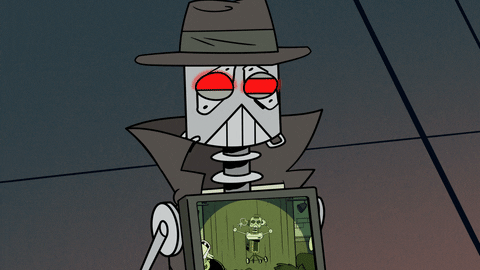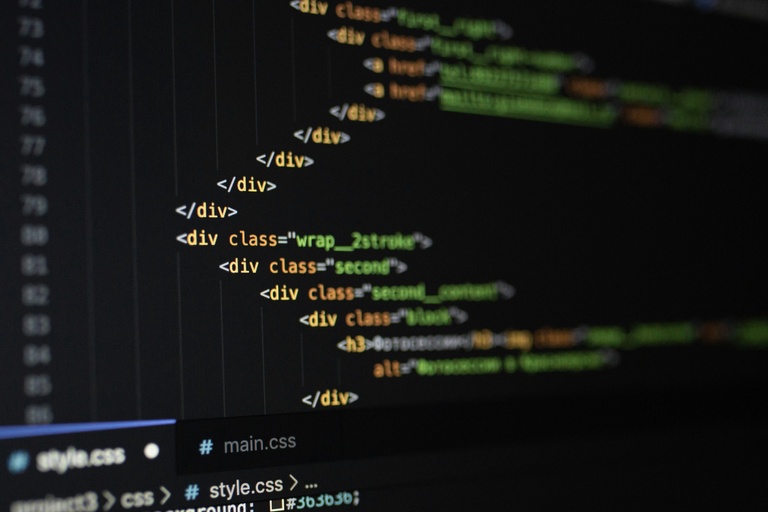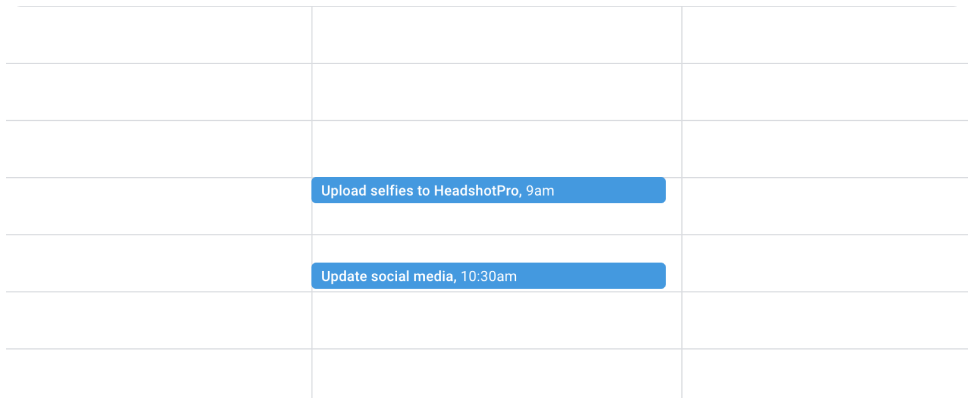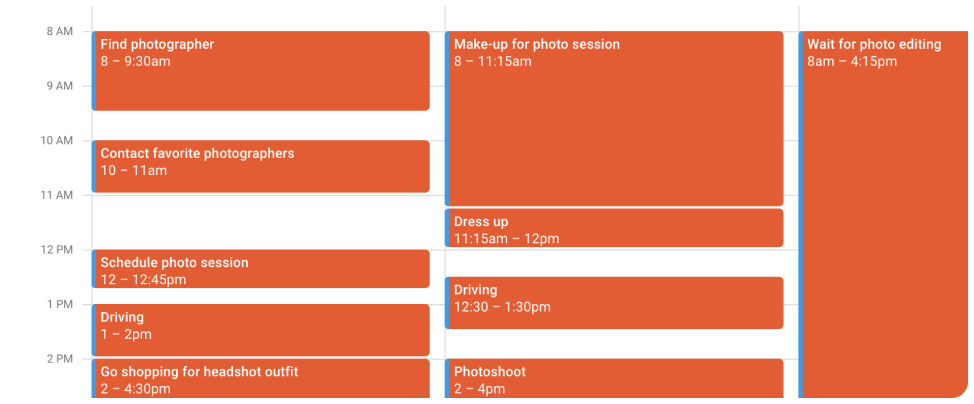January 17, 2024
The Truth About AI-Generated Hands (And Other AI Myths)
As one of the first ever headshot photo generators, we feel we have a pretty good idea as to what people ‘get’ and ‘don’t get’ about AI-generated photos.

There are a lot of people lying to you about AI in 2024.
Startups are overpromising what their apps can deliver. Fortune500 companies are sprinkling AI into their existing software and claiming it’s an entirely new solution. News outlets are threatening you with the idea that AI is going to take your job in the new year.
Hell, some small companies want you to believe that they can transform your simple selfies into professional studio-quality headshots.
(Hold on, it looks like that one is actually true.)
And that’s the point of this article—we’re going to test you to see how many AI myths you’ve been tricked to believe, reveal common misconceptions about AI that could be steering how you think about it in the wrong direction, and preview what the future truly has in store for you as a user of AI tools.

I now have a professional LinkedIn profile pic. - Diellza, HeadshotPro customer
What lies are commonly held as truths about AI photo generation?
As one of the first ever headshot photo generators, we feel we have a pretty good idea as to what people ‘get’ and ‘don’t get’ about AI-generated photos.
Myth: AI can never fully replicate photo realism
To understand why it’s a myth, we’re going to have to go fairly deep in the weeds here.
AI images are generated inside something called an embedding space.
When you hand over a photo of a dog to an AI model, it first must convert that input into its native language—numbers. The AI stores these numbers in a way that accounts for variation. It can’t simply make the assumption that “dog” is equal to “2”, because there are many types of dogs, each with hundreds of unique attributes: fur length, fur color, height, weight, temperament, etc.
Each attribute (or dimension) of the dog is mapped out in the embedding space, allowing the AI to capture and process even the tiniest detail it sees in your dog photo. When you ask an AI to generate a new image, it searches what it has learned to date for dimensions that correspond to the instructions you have given it.
Every “real” photo breaks down to numbers digestible by AI, which can in theory be perfectly reconstructed in the same photo realistic format, so long as the AI is able to locate the corresponding numbers, and understand how they relate to each other, from within its embedding space.
To be clear, we haven't yet reached perfect photo realism. Perfection would mean not a single detail in the created photo differs from a plausible real world photo. Still, current day AI creations are consistently able to persuade the human eye into believing they are “real” photos.
It’s only a matter of time!

Myth: AI can’t be creative.
The one clear advantage we have over AI is our creativity, right? Right?!
Well…
AI generative models require huge data sets to learn from and become effective, in general. And once they reach sufficient training, they are in fact able to generate novel, creative images. AI just goes about it in a different way.
When AI creates novel images that we humans would perceive as “creative”, it’s not because it got together with friends, lit some candles, and had a funny cigarette or two. It’s because pattern recognition drove it to a logical output that our brains simply haven’t seen yet.
Myth: AI sucks at accurately creating hands, eyes, and teeth
AI photo generators have developed an infamous reputation for being laughably bad at recreating hands. Too many fingers, not enough fingers, painfully awkward hand positioning—we wouldn’t blame you if your personal experience witnessing these monstrosities makes it hard to believe this is a myth.
The commercial AI results you’ve seen to date may have struggled to accurately recreate hands, eyes, and teeth, but this is not actually something AI is incapable of.
It all comes down to tradeoffs involved with optimizing model training for certain outputs.
Headshot generators optimize AI training for studio quality photos from the midsection up, using 512x512px training photos. Because the AI models are being optimized for headshots, the training data contains very few photos of hands.
And because these training photos are relatively small, tiny details—relative to how much space they take up in the photo—become a pixelated afterthought to the AI examining the photo. AI never truly gets an opportunity to learn what human hands look like, beyond a general idea of their shape, and where they are attached to our bodies.
If given the opportunity to study a meaningful amount of human hands (higher frequency) from higher resolution photos (higher quality), AI models would more consistently return accurate output.
AI doesn’t suck at recreating hands, the training data we often supply it sucks at educating AI on how to recreate hands.
What does AI struggle with, in the context of photo generation?
This isn’t an article meant to promote the best AI headshot generator. Shameless self-promotion is a core value here at HeadshotPro in situations where we truly believe we’re the best solution available—but we’re always eager to provide full transparency when we’re not the best fit, as well.
Now, it’s important to differentiate between “what does AI struggle with?” and “what does HeadshotPro struggle with?”, due to the constraints that must exist in order for us to operate our business at scale.
The turnaround time of completed headshots is an example of a tradeoff necessary to run a business. We’ve found diminishing returns that occur after the 2 hour mark, and that most customers prefer a quicker turnaround over a 5% better photo, which is virtually invisible when scaled down to the size of a profile photo.

For practical purposes, the weaknesses listed below will be specific to our use case of photo generation.
Being generally accurate isn’t always accurate enough
AI is incredible at forming a generalized idea of what a person looks like, even when given a small amount of training data to learn from. Given only 15 images of a person, AI can reproduce that person in virtually any setting you can imagine, with remarkable accuracy.
Being generally accurate has proven to produce incredible results when recreating photos. But some use cases demand accuracy that current AI models struggle with, given a lack of sufficient training data.
Sometimes you can see this for yourself if you ask AI to add specific text to images, or request that characters in the image are wearing specific clothing. Things that seem trivial to humans—text, the number of buttons on a shirt, hands having 5 fingers—can be a struggle when you require a much larger supply of examples to learn from than a human does.
Human input is variable but often lackluster
The link between input quality and output quality is one of the most misunderstood elements of producing a lifelike photo. We do our best to inform customers about this, because the difference between bad input photos and great input photos when generating AI headshots can be massive.
We see this everyday—a user may input mostly black and white photos, causing the majority of their headshots to come out black and white. Or they submit photos with other people in them, and their headshots come out as group photos. Input quality has a tremendous effect on output quality. Oftentimes it’s us (humans) to blame for poor AI photos.

The biggest myth about AI photo generators
We saved the best for last.
The biggest myth about AI photo generation services is that, because they all use the same underlying technology (Stable Diffusion), they all, more or less, produce images of the same quality.
This is not true. Let’s break down the false assumptions being made.
While most (if not all) AI headshot generators use the same underlying tech stack, there are so many unique ways to use and tinker with this technology that outputs can vary in an extreme way.
We see this in our own output quality—the level of photo realism in our headshots today is miles ahead of what we were proud of in summer 2023.
Claiming all AI headshot generators powered by Stable Diffusion will produce similar results is like saying all websites that use HTML and CSS will look the same. It’s a claim that feels like it could make logical sense to a layman, but one that anybody who has built with the technology can instantly see through.
That’s not to say that we don’t have competitors out there running vanilla off-the-shelf photo generators trying to make a quick buck. But there simply is no comparing such a service with HeadshotPro, or any other company who continually invests in their backend infrastructure.
What does AI do unquestionably well?

Gave me the correct head shots the first time. - Austin, HeadshotPro customer
Young people tend to adjust very quickly to new innovation. The shock and awe of AI software returning dozens of photos that look just like you, using only 15-16 images as a guide, has become something that we take for granted, despite being truly incredible.
This use case is particularly interesting because once the AI learns how to accurately recreate an image of you, there are an extreme amount of possibilities available in terms of backgrounds/backdrops. All possible because of what it learned from just 15 images!
What does HeadshotPro have in store for 2024?
Higher photo quality
Everyday, our photo quality improves. This adds up over the course of a year.
Based on the last 6 months of advancements in AI generated photo quality, it’s safe to assume that quality will only continue to improve over the course of 2024. It would not be surprising if we reached a point of diminishing returns, where the human eye is no longer able to instantly identify the newest gains in quality.
Better clothing generation
HeadshotPro can already produce headshots with specific types of clothing. Matching a specific piece of clothing, however, has proven much more challenging. We expect “virtual try on” services will grow popular as this becomes easier, and better understood.
Smooth user experience
There are certain steps we require users to complete when purchasing headshots to maximize output quality, like uploading 15-17 selfies. We are working on alternative methods—without cutting quality—that will make the process of getting your headshots easier, and involve a lot less awkward selfies.
Thanks for reading, and happy new year!


Upgrade Your Headshots In 2 Hours
Save hundreds of dollars and hours of time by using HeadshotPro to generate your new favorite professional headshots.
Trusted by 196,987+ happy customers

With

1. Upload your photos (5 minutes)
Use your best existing photos or take fresh selfies on the spot.
2. Let our AI work its magic (1-2 hours)
Our AI will pull your most photogenic qualities from the photos you uploaded.
3. Download your favorites (5 minutes)
That was easy! Download your keepers and enjoy your new professional photos.

Physical photoshoot
- Find a photographer you like
- Contact them and wait for a reply
- Decide on a date and time you’re both available
- Find the right clothing to wear to the photo shoot
- Get in your car and drive to the photo studio
- Pose for your photos and pick your favorite shots
- Wait for the photographer to send you the finished photos
- Update your professional profiles with your new photos